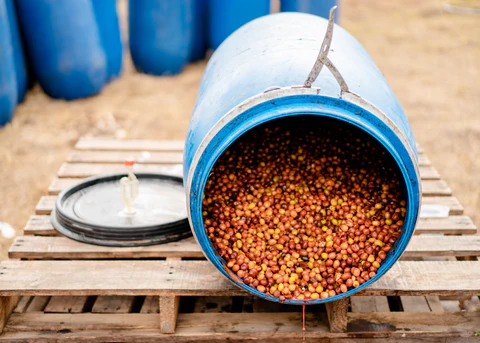Espresso machines are often seen as specialized devices meant solely for creating rich and robust espresso shots, but can they also make a cappuccino? This is a common question for both beginner baristas and coffee enthusiasts alike.
In this article, we’ll delve into the capabilities of various espresso machines, understand how they work, and examine if can espresso machines make cappuccino. We’ll also highlight the different types of machines available, essential features to consider, and best practices to achieve a delightful cup every time. By the end of this article, you’ll know exactly how to use an espresso machine for cappuccino-making and which model suits your needs the best.
EspressoAndMachines.com is your go-to source for everything related to espresso machines, cappuccinos, and other coffee-related topics. This comprehensive guide will help clarify how an espresso machine can deliver the perfect cappuccino. Read on to learn more!

Understanding the Basics: Espresso Machines vs. Cappuccino Makers
The first step to understanding if espresso machines can make cappuccinos is to distinguish between what an espresso machine is and what a cappuccino maker is. While these two appliances can seem similar, they have unique differences that impact their ability to produce various coffee drinks. Knowing these distinctions is crucial for choosing the right equipment to suit your cappuccino needs.

What is an Espresso Machine?
An espresso machine is designed to brew espresso by forcing a small amount of nearly boiling water through finely-ground coffee beans under high pressure. This process results in a concentrated coffee shot known for its strong flavor and a layer of crema on top. Espresso is the foundation of various coffee drinks, including cappuccinos, lattes, and macchiatos.
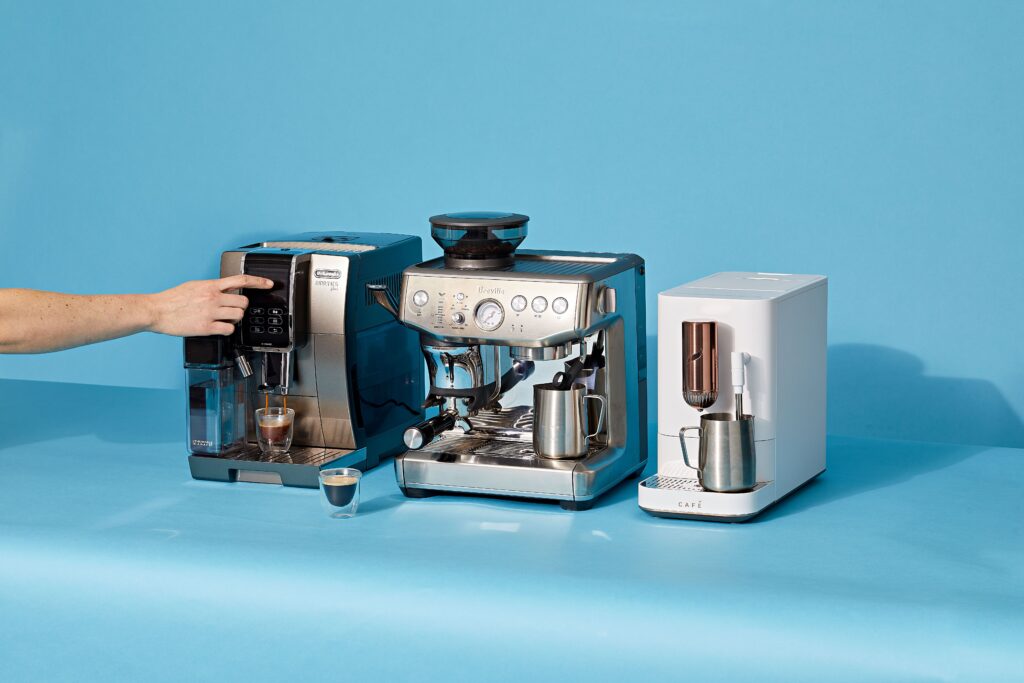
Key Features of Espresso Machines
- High Pressure Pump: Usually 9 bars or more for proper extraction, which helps create the intense flavor typical of espresso.
- Boiler System: Heats water to the right temperature, ensuring optimal brewing. Some machines have dual boilers for simultaneous brewing and steaming.
- Portafilter: A handle that holds the ground coffee for extraction. The portafilter size can vary depending on the machine and impacts the amount of coffee used.
- Steam Wand: Used for frothing milk, essential for making cappuccinos, lattes, and other milk-based drinks. The quality of the steam wand determines how well the milk can be frothed.
What is a Cappuccino Maker?
A cappuccino maker, on the other hand, is often an all-in-one machine specifically designed to brew espresso and froth milk automatically. While some are dedicated units, many are simply espresso machines with enhanced features to simplify the cappuccino-making process. These machines are typically more user-friendly and ideal for those who want to enjoy a cappuccino with minimal effort.
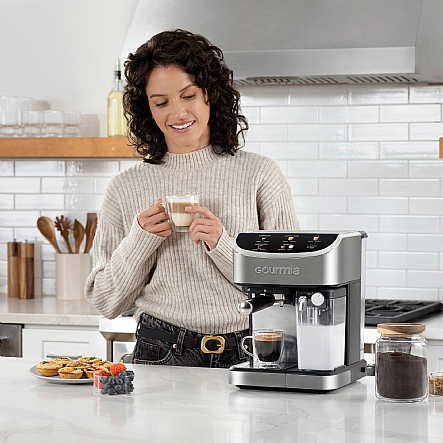
Differences Between Espresso Machines and Cappuccino Makers
- Automation: Cappuccino makers are often more automated, allowing for one-touch preparation of cappuccinos, lattes, and more.
- Milk Frothing: They have specialized components for frothing milk at the correct texture, such as automatic milk frothers or carafes.
- Ease of Use: Typically more user-friendly, ideal for beginners who don’t want to learn the nuances of steaming milk and extracting espresso.
Can Espresso Machines Make Cappuccino?
Yes, an espresso machine can indeed make a cappuccino! The key lies in using the machine’s steam wand or milk frother to create the right milk texture and combining it with a shot of espresso. This is why understanding how to froth milk correctly is crucial for anyone using an espresso machine to make cappuccinos.
How Cappuccino is Made Using an Espresso Machine
- Brew a strong espresso shot as the base, ensuring it has a rich flavor and a layer of crema.
- Steam and froth the milk to create a creamy microfoam. The ideal foam for cappuccinos should be dense and velvety, without large bubbles.
- Combine the espresso and milk in the right ratio, typically 1:1:1 for espresso, steamed milk, and foam, creating a balanced and satisfying cup.
How Do Espresso Machines Make Cappuccino?
Creating a cappuccino using an espresso machine involves multiple components working together harmoniously. From pulling the perfect shot of espresso to steaming the milk to just the right consistency, each step plays a crucial role in the final cup. Understanding these components and how they interact will help you create a café-quality cappuccino at home.
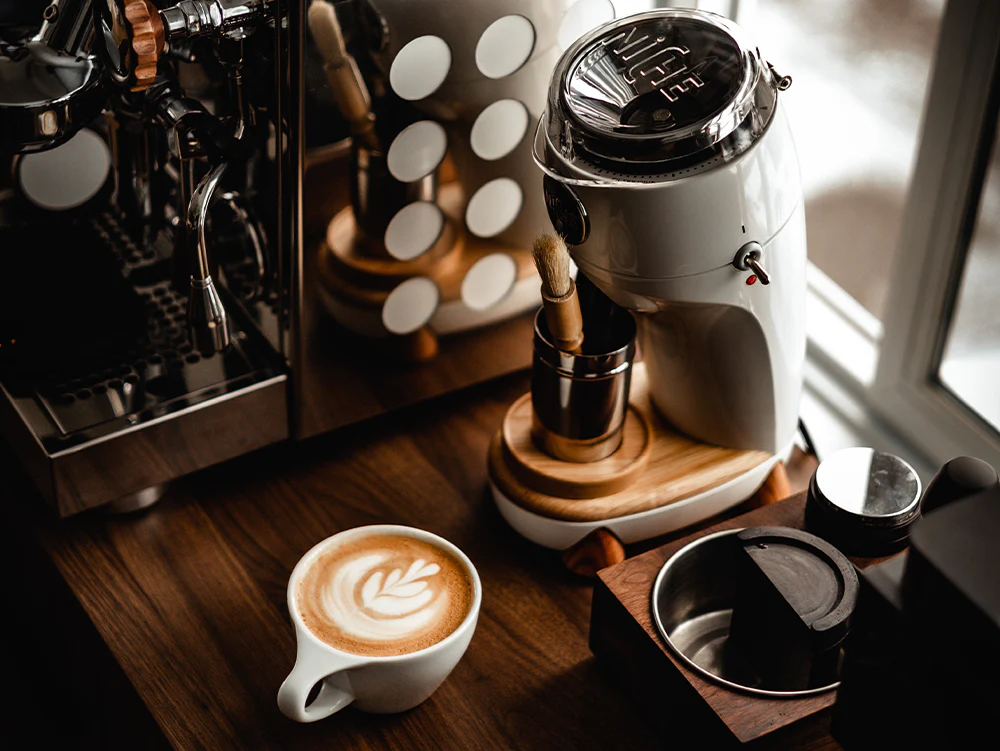
Components Required to Make a Cappuccino
Espresso Shot
The foundation of a cappuccino is a properly extracted espresso shot, usually 1-2 ounces. The shot must have a layer of crema, which is the hallmark of a quality espresso. Using fresh, finely-ground coffee and ensuring even tamping are essential steps to achieve a balanced shot.
Milk Steaming and Frothing
Cappuccinos require a specific milk texture: a mix of steamed milk and thick, velvety foam. The steam wand on the espresso machine is used to create this by introducing air into the milk while heating it. Proper milk frothing is what differentiates a cappuccino from other espresso drinks like lattes or macchiatos.
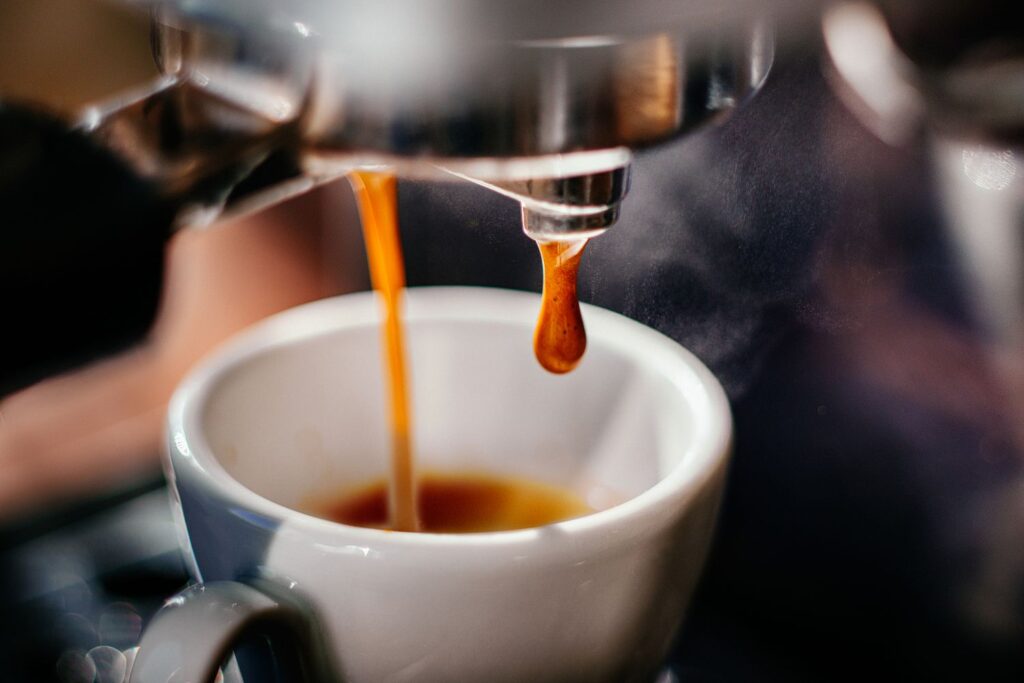
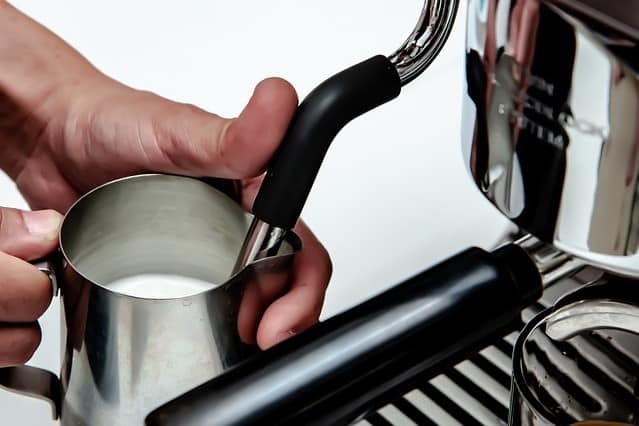
Step-by-Step Guide to Making a Cappuccino with an Espresso Machine
Preparing the Espresso Shot
- Grind fresh coffee beans to a fine consistency. The grind size should be slightly finer than table salt.
- Tamp the grounds evenly in the portafilter to create a flat, uniform surface.
- Lock the portafilter into the machine and start the extraction process.
- Aim for a brew time of around 25-30 seconds for a perfect shot, which should have a deep, rich flavor and a layer of golden crema on top.
Frothing the Milk
- Pour cold milk into a stainless steel frothing pitcher. The milk should be fresh and high in fat content for the best frothing results.
- Position the steam wand tip just below the surface of the milk.
- Turn on the steam and allow air to incorporate until the milk expands and you hear a “chirping” sound.
- Lower the wand deeper into the milk to heat it evenly, moving the pitcher in a circular motion.
- Stop steaming when the milk reaches around 150°F. The texture should be smooth and velvety, with no visible bubbles.
Combining Espresso and Milk for Cappuccino
- Pour the steamed milk gently over the espresso, allowing the foam to settle on top.
- Use a spoon to add the frothy milk foam on top to complete the cappuccino.
- Aim for equal parts of espresso, steamed milk, and foam for a classic cappuccino, or adjust to taste if you prefer a drier or wetter version.

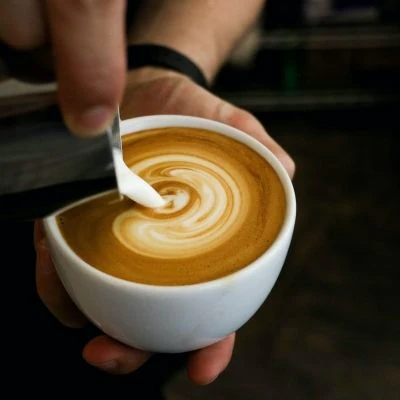

What Type of Espresso Machines Can Make Cappuccino?
There are different types of espresso machines, and while most can make cappuccinos, some are better suited than others. Choosing the right type will depend on your level of experience, the time you want to invest, and your budget. Let’s explore the various options available:
Manual Espresso Machines
Manual machines offer complete control over the brewing process but require more skill to operate. They are perfect for enthusiasts who enjoy the art of coffee-making and want to customize every aspect of their espresso.

- Pros: Unmatched control over every variable, ideal for experienced baristas.
- Cons: Steep learning curve, time-consuming, and often more expensive.
Semi-Automatic Espresso Machines
These machines automate some functions but still allow users to control the shot time and milk frothing. They are versatile and popular among home baristas looking for a mix of control and convenience.
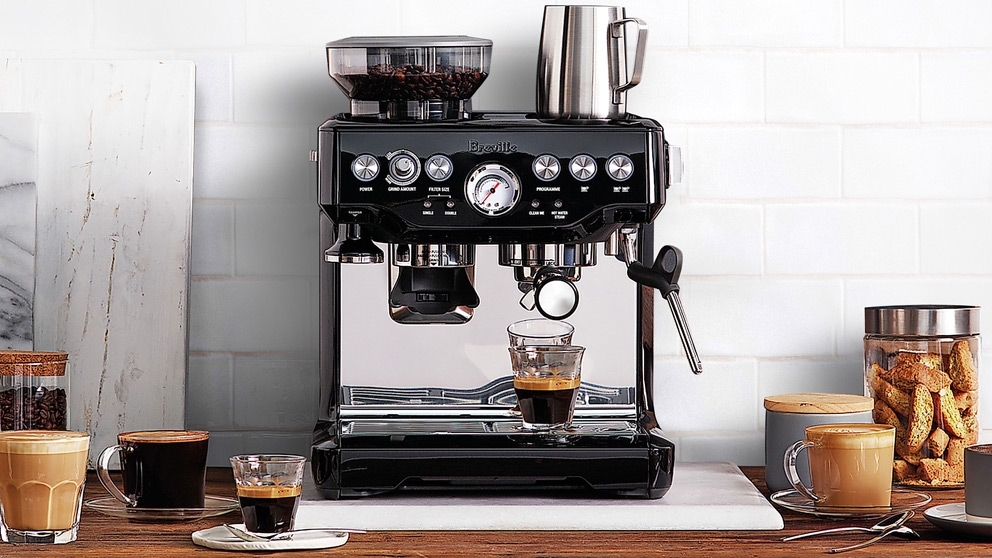
- Pros: Easier to use than manual machines, good balance between control and automation.
- Cons: Requires more attention and skill than fully automatic models.
Fully Automatic Espresso Machines
With automatic shot timing and milk steaming, these machines simplify the cappuccino-making process but may lack customization options. They are best suited for those who want a consistent cup without much effort.
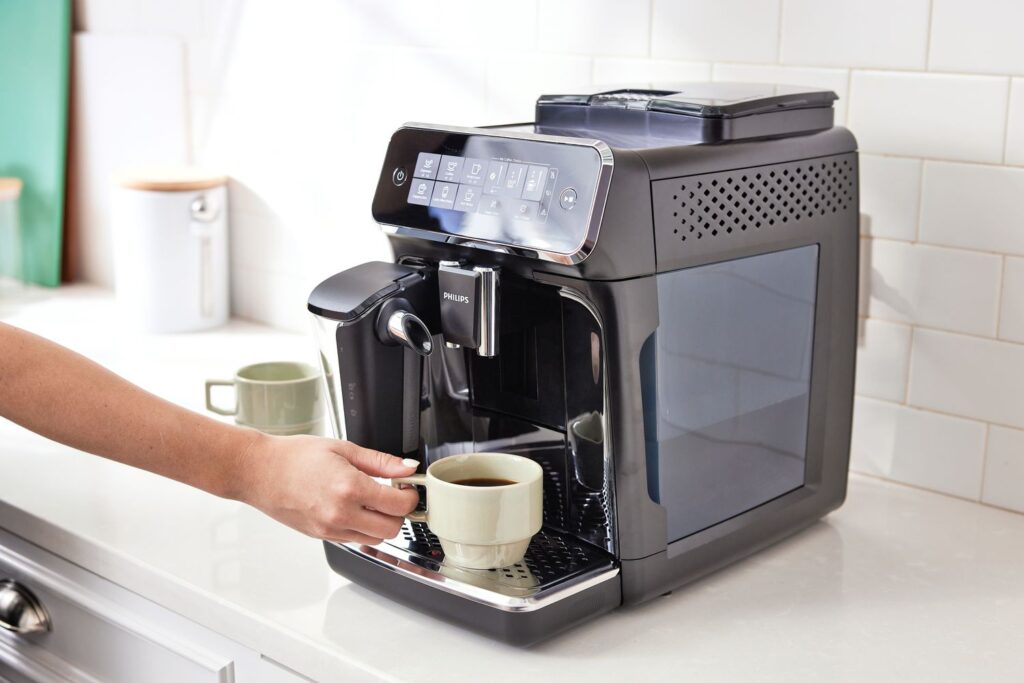
- Pros: Consistency and ease of use, perfect for beginners.
- Cons: Limited control over variables like grind size and extraction time.
Super-Automatic Espresso Machines
Super-automatic models are the epitome of convenience. With the push of a button, they grind, brew, and froth milk for you, making them the perfect choice for busy coffee lovers who want a quick cappuccino fix.
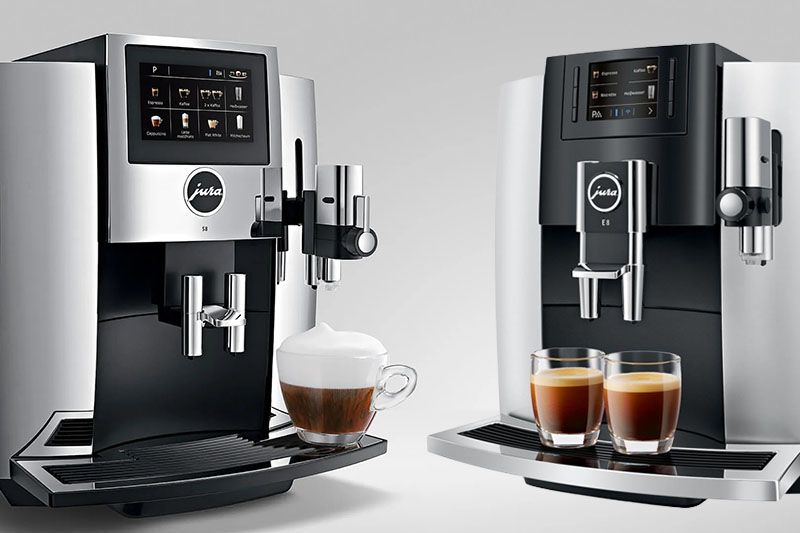
Benefits of Super-Automatic Machines for Cappuccino
- One-touch cappuccino functionality for quick and consistent results.
- Built-in grinders for a complete coffee experience.
- Programmable settings to customize strength, volume, and milk texture.
Limitations of Super-Automatic Machines
- Higher price point compared to other models.
- Less control over milk texture and shot quality, which might be a downside for purists.
Features to Look for When Using an Espresso Machine for Cappuccino
Not all espresso machines are created equal when it comes to making cappuccinos. Here are some features to consider when choosing an espresso machine specifically for cappuccino preparation:
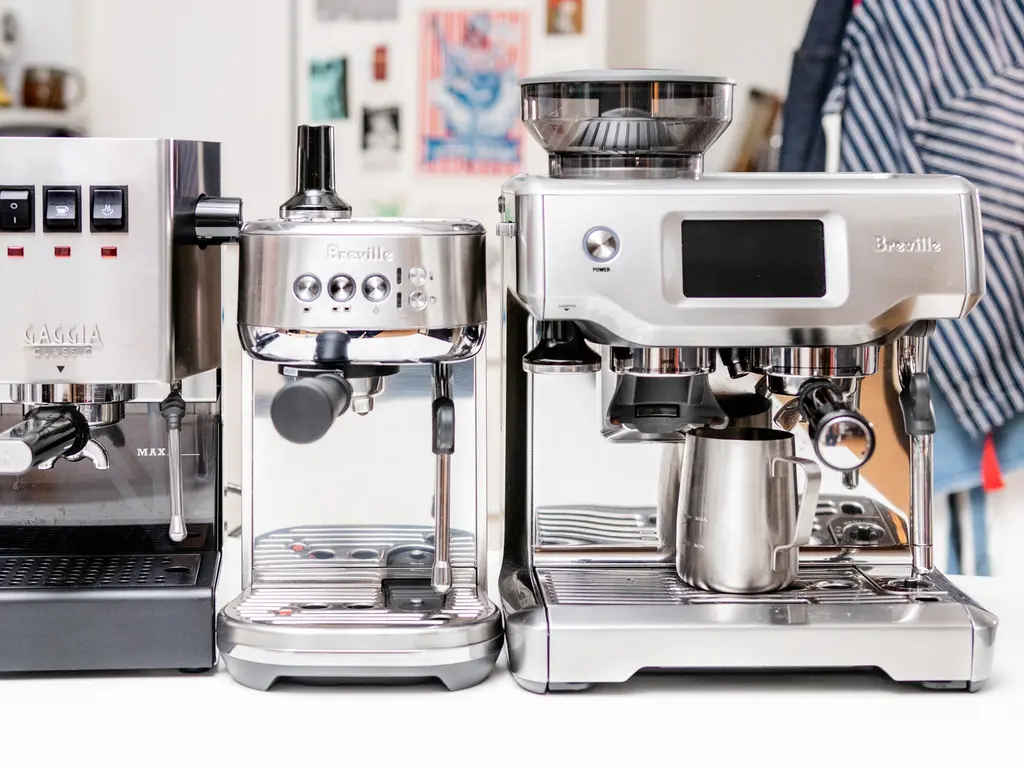
- Built-in Milk Frother or Steam Wand A good milk frother or steam wand is essential for creating the microfoam needed for a cappuccino. Look for machines with powerful steam wands that allow you to adjust the steam pressure.
- Adjustable Temperature and Pressure Controls Control over brewing temperature and pressure ensures the perfect espresso shot and milk texture. Machines with PID temperature control are highly recommended for maintaining consistent heat.
- Programmable Shot Volume Allows for precise shot volumes, making it easier to standardize cappuccino recipes and achieve consistent results.
- Easy-to-Clean Design A removable drip tray, detachable frother, and accessible boiler components make for easier maintenance and prolong the lifespan of your machine.
Tips for Making a Perfect Cappuccino with an Espresso Machine
Achieving the perfect cappuccino requires attention to detail and practice. Here are some tips that can help you master the art of cappuccino-making:
Choosing the Right Coffee Beans
Opt for high-quality Arabica beans with a medium-dark roast for a balanced flavor. Freshly roasted beans will yield the best results.
Perfecting Your Espresso Shot
Focus on a consistent grind size, even tamping, and correct extraction time to ensure a rich and flavorful shot. Experiment with different brew times to find your ideal taste profile.
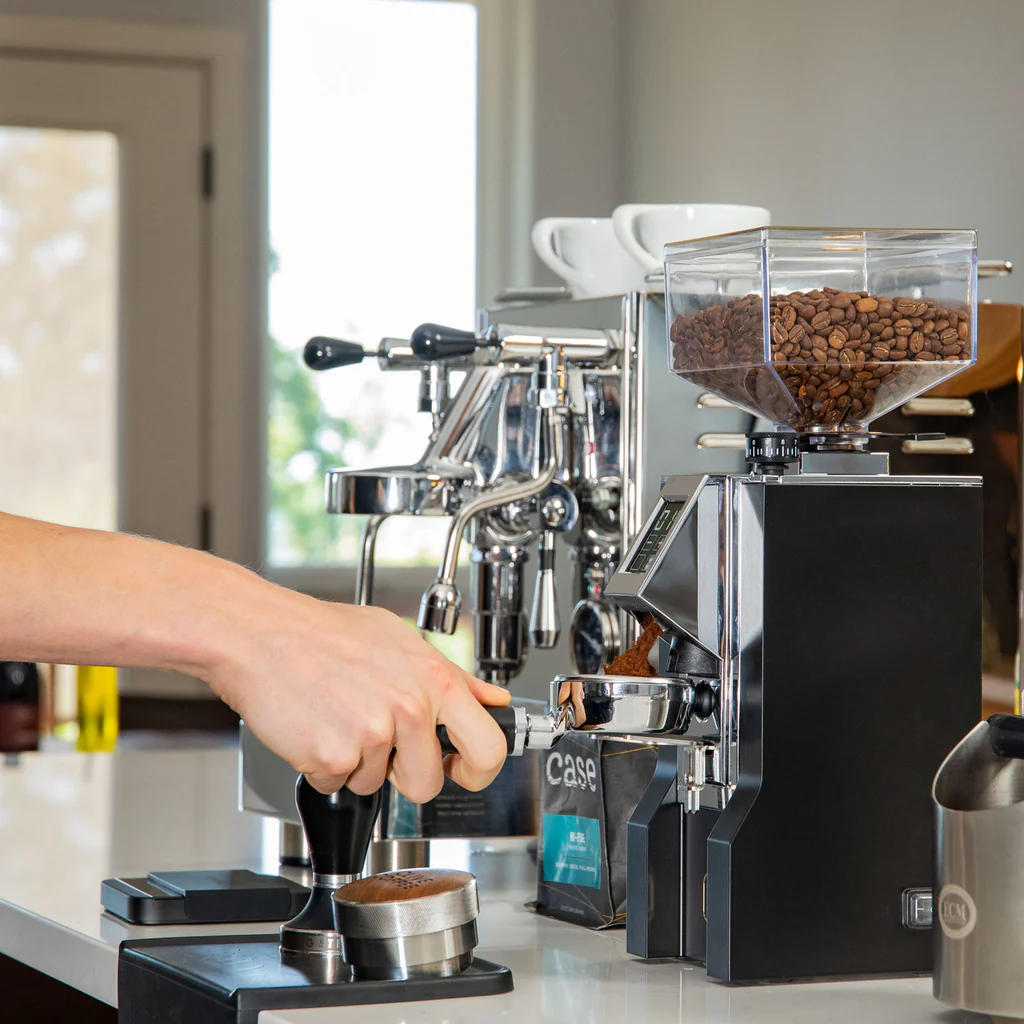
Achieving the Ideal Milk Froth Consistency
Aim for a creamy microfoam that blends well with the espresso, without large bubbles. Proper technique and practice are crucial.
Common Mistakes to Avoid When Frothing Milk
- Overheating the milk (above 150°F) can cause it to lose sweetness.
- Positioning the steam wand incorrectly, leading to improper foam.
- Using old or skim milk, which won’t froth as well as fresh, full-fat milk.

Practicing Latte Art for Cappuccino
Latte art is more than just aesthetics; it shows mastery over milk texture and pouring technique. Practice pouring slow, steady streams to create designs like hearts and rosettas.

Common Mistakes to Avoid When Using an Espresso Machine for Cappuccino
Many factors can ruin a cappuccino if not properly controlled. Here’s what to watch out for:
- Oversteaming or Understeaming the Milk Incorrect steaming leads to milk that’s either too foamy or too flat. Keep an eye on th e milk temperature and consistency.
- Incorrect Espresso Extraction Time Too short or too long an extraction results in a bitter or sour shot. Aim for 25-30 seconds for an ideal brew.
- Using the Wrong Grind Size for Espresso A too coarse grind won’t extract enough flavor, while a too fine grind can lead to over-extraction and bitterness.
- Not Cleaning the Steam Wand Properly Milk residue can clog the steam wand and affect taste. Always purge and wipe the wand after each use.
Best Espresso Machines for Making Cappuccino at Home
To make cappuccino at home, you need the right machine. Here are some top recommendations:
Top 5 Espresso Machines for Cappuccino Lovers
- Manual Machines Perfect for traditionalists who value craftsmanship and control. Recommended models: La Pavoni Europiccola, Flair Espresso.
- Semi-Automatic Machines Balance between control and convenience, ideal for budding home baristas. Recommended models: Breville Barista Express, Gaggia Classic Pro.
- Super-Automatic Machines Best for busy coffee lovers who want a cappuccino without the hassle. Recommended models: De’Longhi Magnifica, Jura E8.
FAQs: Using an Espresso Machine for Cappuccino
Do All Espresso Machines Make Good Cappuccino?
Not all espresso machines make great cappuccino. Choose one with a reliable steam wand and temperature control.
What’s the Difference Between a Latte and a Cappuccino?
A latte has more steamed milk and less foam compared to a cappuccino, which has a thicker foam layer.
Can I Use a Regular Coffee Machine to Make Cappuccino?
No, you need an espresso machine with a milk frother to create the right texture.
How to Maintain My Espresso Machine for Better Cappuccino?
Regularly clean the portafilter, descale the boiler, and purge the steam wand after each use.
Conclusion
Espresso machines are versatile devices capable of creating various coffee beverages, including the beloved cappuccino. With the right machine and technique, anyone can enjoy a barista-quality cappuccino at home.
From manual machines for purists to super-automatic models for convenience, there’s an option for every coffee lover. Remember, the key to a perfect cappuccino lies in mastering the basics—starting with a great espresso shot and finishing with well-frothed milk.
Disclosure: Our blog contains affiliate links to products. We may receive a commission for purchases made through these links. However, this does not impact our reviews and comparisons. We try our best to keep things fair and balanced, in order to help you make the best choice for you.


